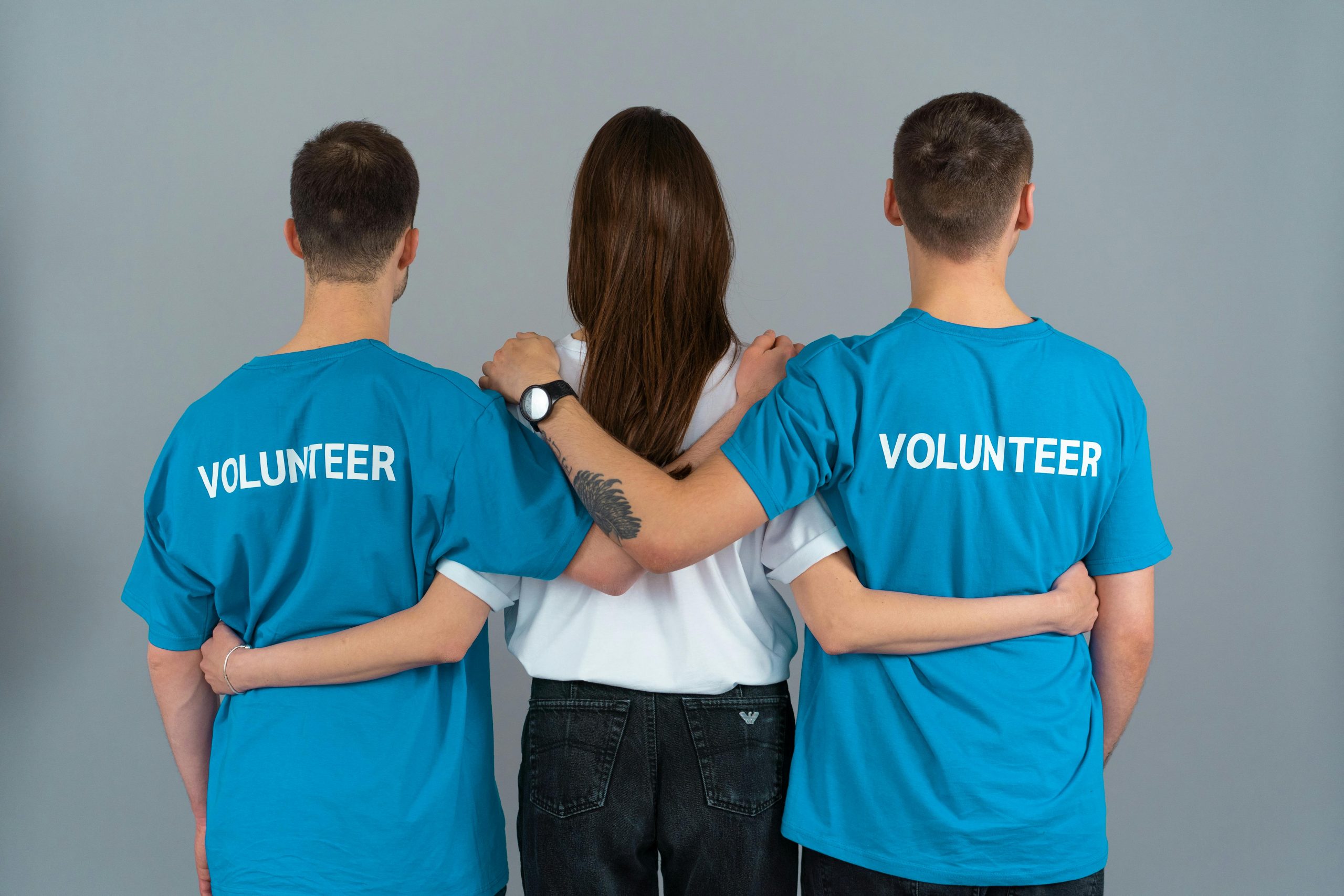Launching a community project can feel like a big dream—especially when funding is the hurdle. Kickstarter offers a solution by connecting creators with people who believe in their vision. Whether you’re building a neighborhood playground, hosting a cultural event, or revitalizing a local space, Kickstarter gives you the tools to raise the money and support you need.
This article breaks down how Kickstarter works and provides a step-by-step guide to successfully launching your community project.
Why Use Kickstarter for a Community Project?
If you’ve ever wondered, “What is Kickstarter, and why do so many creators use it?” the answer lies in its unique approach to crowdfunding. Unlike traditional fundraising methods, Kickstarter thrives on storytelling and community engagement. Backers don’t just give money—they become part of the project’s journey.
Here’s why it works so well for community-focused initiatives:
- It builds awareness: People learn about your project as they pledge.
- You keep creative control: No need to hand over ownership or decision-making.
- You get a ready audience: Kickstarter’s user base actively seeks projects to support.
- You reward supporters: Instead of donations, backers receive perks or experiences.
If your project has a clear mission and benefits a group of people, Kickstarter can amplify both funding and visibility.
How Does Kickstarter Work?
Kickstarter follows a simple but powerful process: you create a campaign, set a funding goal, and ask the public to pledge money. However, the platform uses an all-or-nothing funding model. If you don’t reach your goal, you won’t receive any funds, and backers aren’t charged.
This approach reduces risk and motivates creators to build a compelling case for support.
Step-by-Step: Launching Your Community Project on
Launching on Kickstarter requires more than just an idea—it takes preparation, strategy, and consistent effort. Here’s a detailed breakdown of each step to help you build a campaign that gets noticed and funded.
1. Clarify Your Idea and Mission

Before anything else, define your project in detail. Backers want to know exactly what they’re supporting. Spend time outlining:
- The problem you’re solving or the experience you’re creating.
- Who benefits, whether it’s your neighborhood, a specific group, or the broader community.
- The final outcome—what will be delivered once the project is complete.
Go beyond a vague concept. Share your motivation, explain why the project matters, and describe how it will make a real impact. A clearly defined mission not only guides your planning but also helps potential backers connect emotionally with your vision.
2. Set a Realistic Funding Goal
Your funding goal is the backbone of your campaign, and it needs to be accurate. Break down your costs to include:
- Materials and labor: Supplies, tools, or contractor fees.
- Permits or venue expenses: Any official approvals or rental costs.
- Backer rewards: The production and packaging of promised rewards.
- Shipping and logistics: Especially important if rewards need to be mailed.
- Kickstarter and payment fees: Factor in the platform’s charges.
Be transparent about where every dollar will go. Setting an achievable target builds credibility, while overestimating can make the goal seem unreachable. Underestimating, on the other hand, could leave you short on funds needed to deliver.
3. Create Backer Rewards They’ll Love
Rewards are the heart of what makes Kickstarter fun for backers. They’re not just giving money—they’re getting something in return. For a community project, go beyond generic merchandise:
- Personalized acknowledgments: Names on a donor wall, thank-you videos, or social media shoutouts.
- Exclusive experiences: Invitations to behind-the-scenes tours, ribbon-cutting events, or special workshops.
- Limited-edition items: Project-branded shirts, artwork, or keepsakes available only to backers.
- Hands-on involvement: Opportunities to participate in the project itself, like helping plant a garden or painting a mural.
The best rewards strengthen the bond between you and your supporters while staying realistic to fulfill.
4. Build a Campaign Page That Inspires
Your campaign page is your chance to sell your vision. Treat it like a digital storefront that excites and reassures potential backers. Include:
- A strong, clear title and tagline that summarize the project instantly.
- High-quality visuals: Use sketches, photos, or renderings that show the end goal.
- A short, engaging video where you introduce yourself and explain the project’s purpose.
- A detailed timeline so backers understand when milestones will be reached.
Good storytelling is essential. Explain why this project matters and how backers become part of something bigger. When combined with strong visuals, it creates a persuasive pitch.
5. Gather Support Before Going Live
Many campaigns fail because they launch to an empty audience. Warm up potential supporters before you hit “publish”:
- Build an email list of interested individuals.
- Reach out to local community groups who may back or promote the project.
- Post teasers on social media to generate buzz.
- Secure a few early pledges from friends, family, or local supporters to build initial momentum.
Kickstarter campaigns that gain early traction tend to attract more backers because success attracts success.
6. Launch and Keep Promoting
Going live is just the beginning. Campaigns require active promotion throughout their run:
- Post regular updates on social media with fresh visuals and progress reports.
- Pitch your story to local media outlets or community blogs.
- Collaborate with influencers or local leaders who align with your project’s mission.
- Use Kickstarter updates to keep current backers excited and encourage them to share.
Momentum drives visibility, and visibility drives funding. Stay active to keep the energy up.
7. Communicate with Backers Frequently
Backers want to feel like part of the process. Keep them engaged by:
- Answering questions quickly and clearly.
- Posting updates about milestones, challenges, or achievements.
- Publicly thanking supporters, which also encourages sharing.
Consistent communication builds trust and can inspire backers to increase their pledges or bring in friends.
8. Reach Your Goal? Deliver with Care
Meeting your goal is just the beginning of the real work. After Kickstarter transfers the funds (minus fees):
- Stick to your promised timeline and execute your project efficiently.
- Continue sharing progress updates, even if everything is on track.
- Deliver rewards as promised, and do so on time.
How you handle this phase determines whether backers stay fans—or become frustrated. Fulfilling promises well can turn one-time supporters into lifelong advocates for your work.
What If You Don’t Reach the Goal?
Not every campaign succeeds the first time, and that’s okay. If you don’t hit your goal:
- You won’t owe backers anything because funds aren’t collected.
- Use the opportunity to analyze what worked and what didn’t—was it the goal, marketing, or rewards?
- Refine your pitch, strengthen your network, and relaunch with improvements.
Even an unsuccessful campaign provides valuable insights. Many creators go on to run stronger, more successful campaigns the second time around.
Tips to Maximize Success

Want to improve your chances of hitting your goal? Here are some quick tips:
- Tell a powerful story that connects emotionally.
- Invest in a quality video—it’s often the first thing people watch.
- Offer limited early-bird rewards to encourage quick pledges.
- Keep your campaign updates lively and frequent.
- Show gratitude—people love being part of something that appreciates them.
Is Kickstarter the Right Fit for Your Project?
Kickstarter works best when:
- You have a specific, tangible outcome
- You can offer reward tiers to entice backers
- You’re ready to market the campaign actively
- Your project brings value to a community and inspires participation
For open-ended causes, ongoing expenses, or purely charitable initiatives, other platforms may be a better match. But for a project with a clear beginning, middle, and end—Kickstarter is a powerful option.
Closing Thoughts
Launching a community project on Kickstarter is both challenging and rewarding. By understanding the platform and following these steps, you can transform a great idea into a funded reality.
Your project deserves support—so tell your story, rally your community, and let Kickstarter help you bring it to life.

